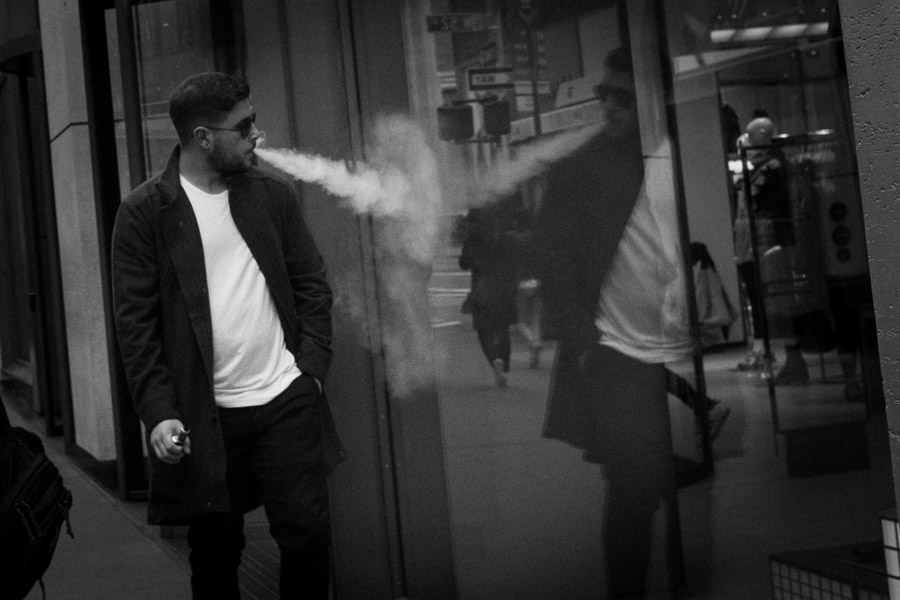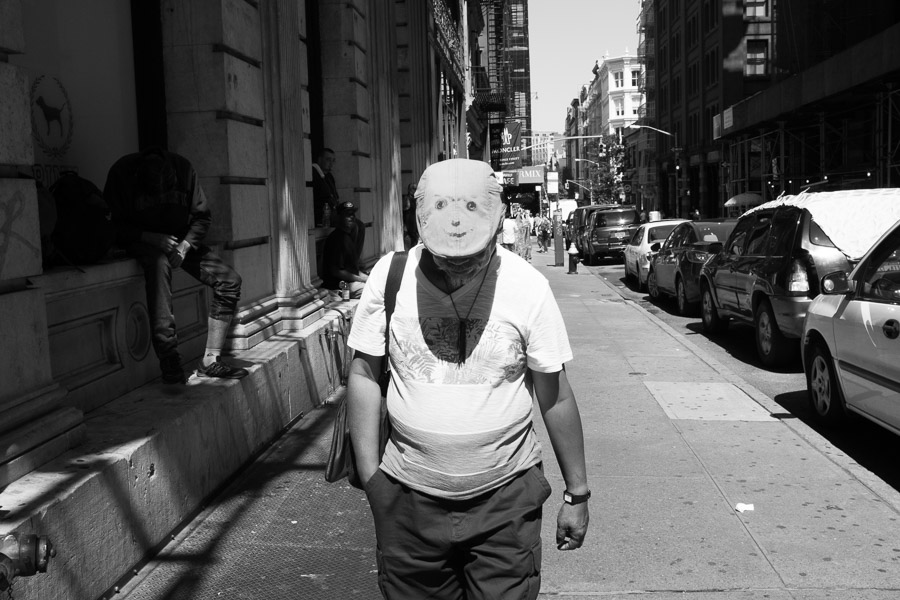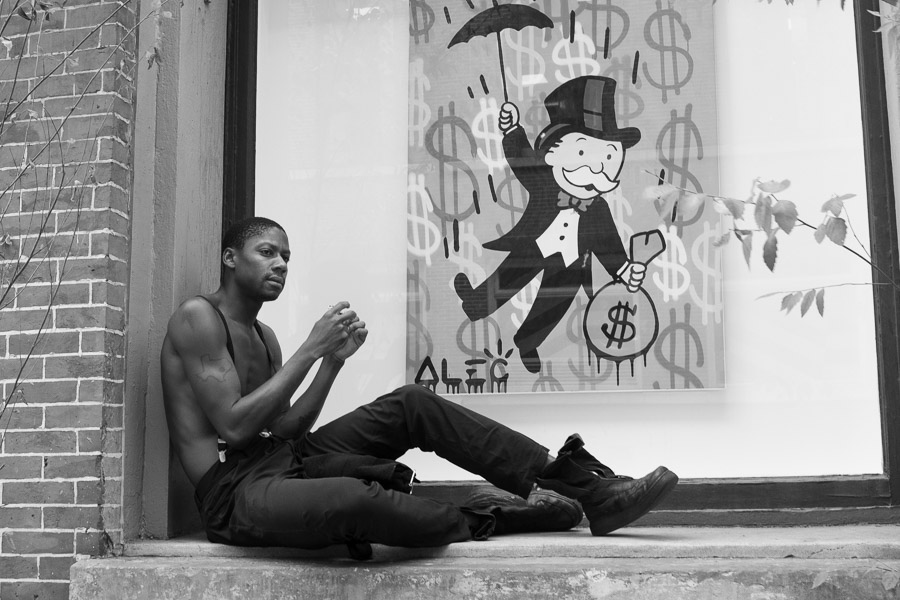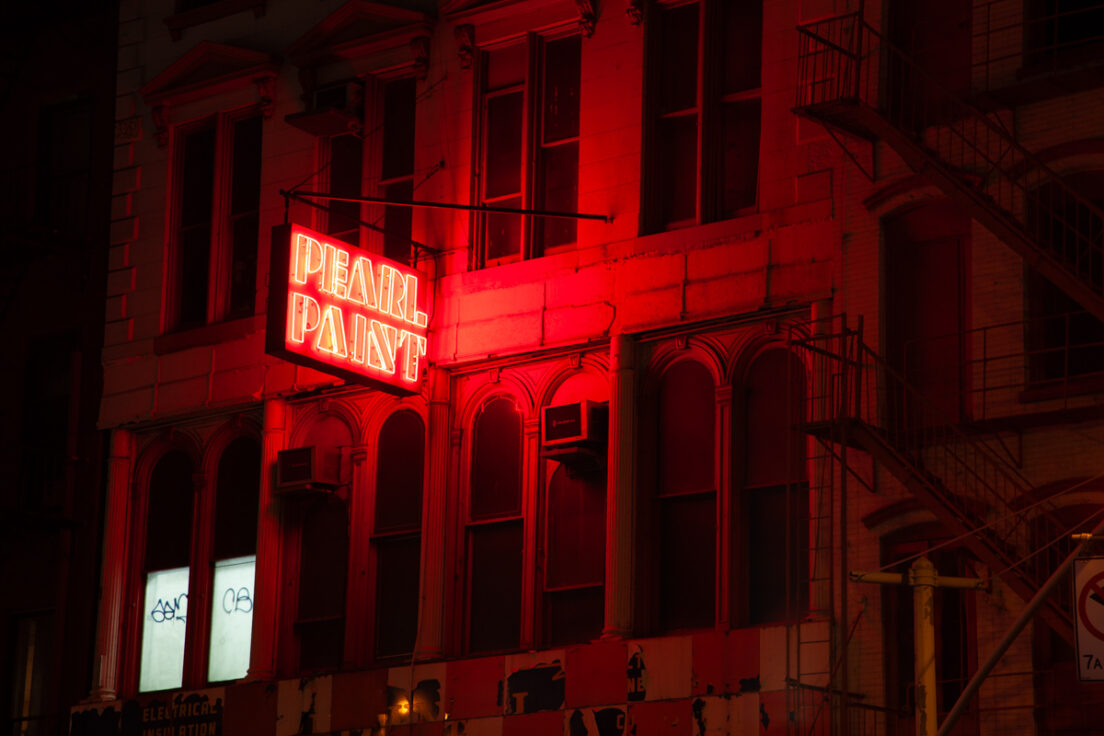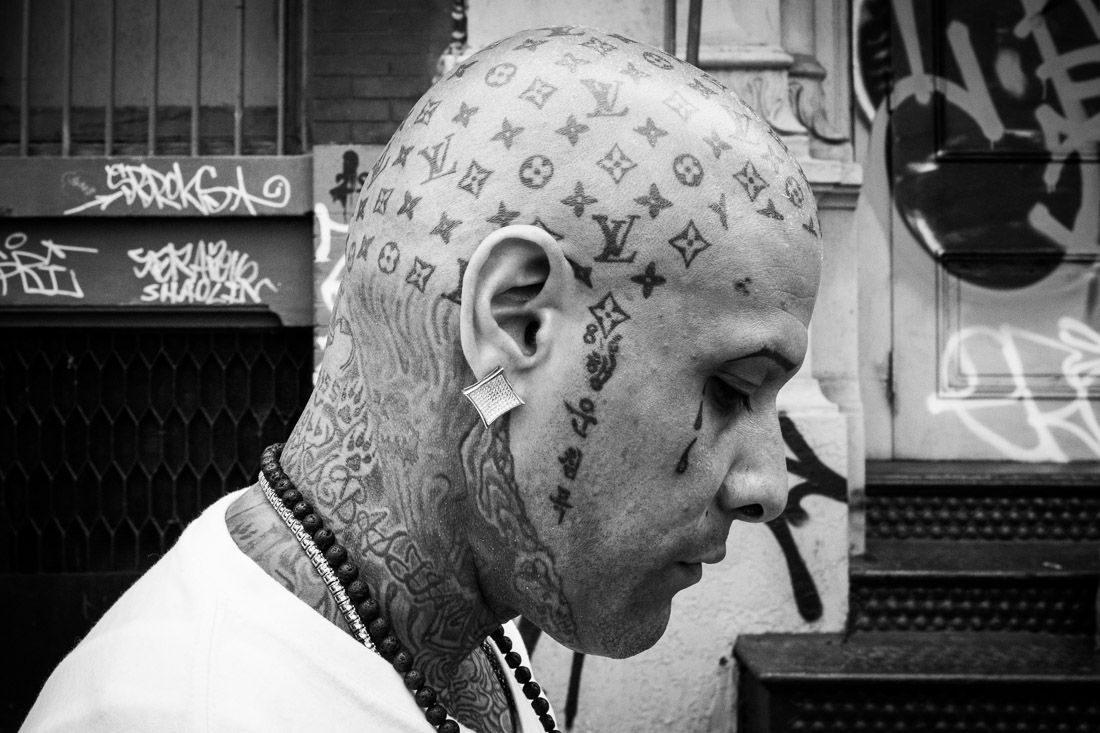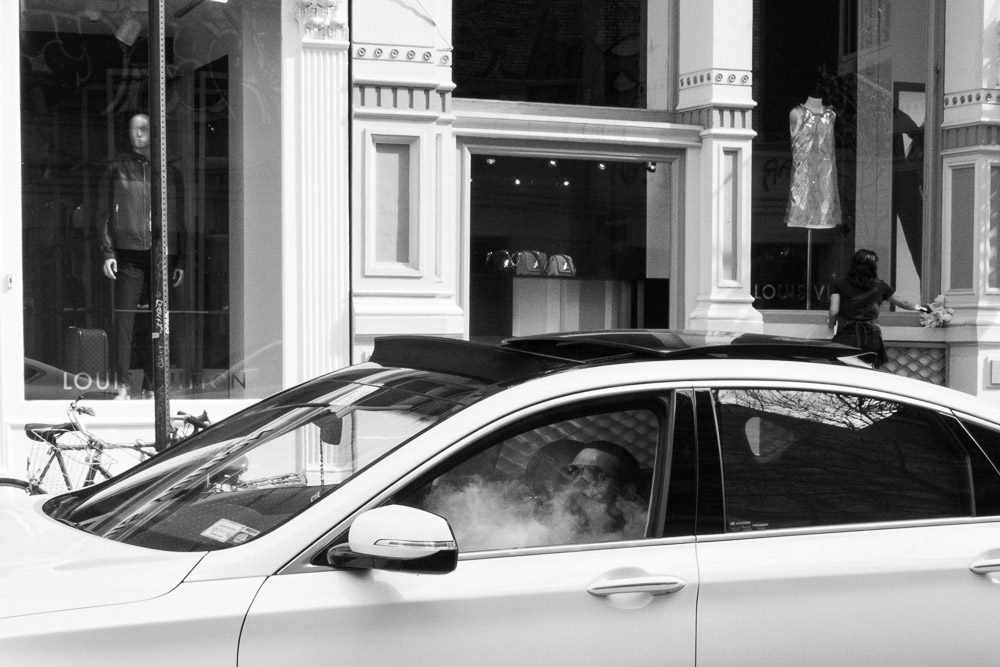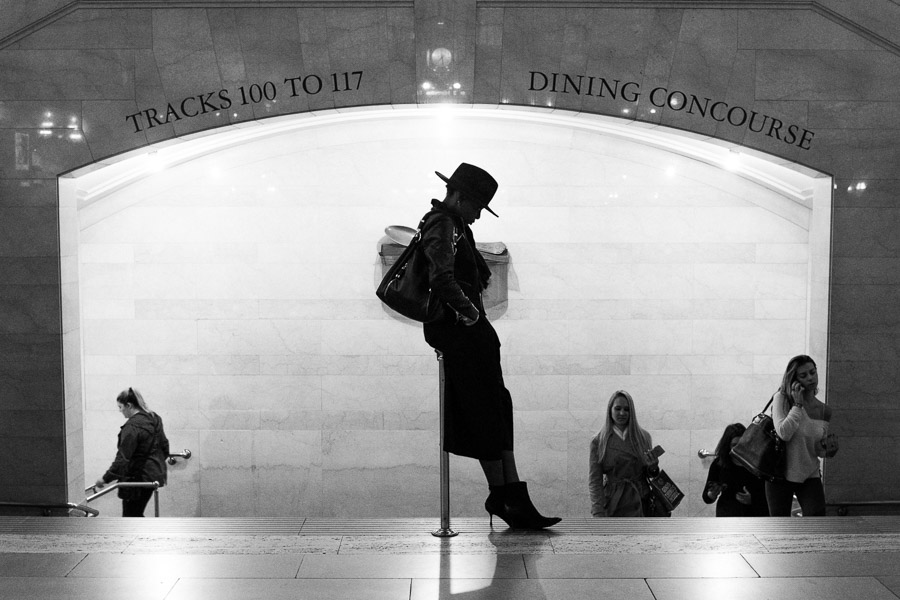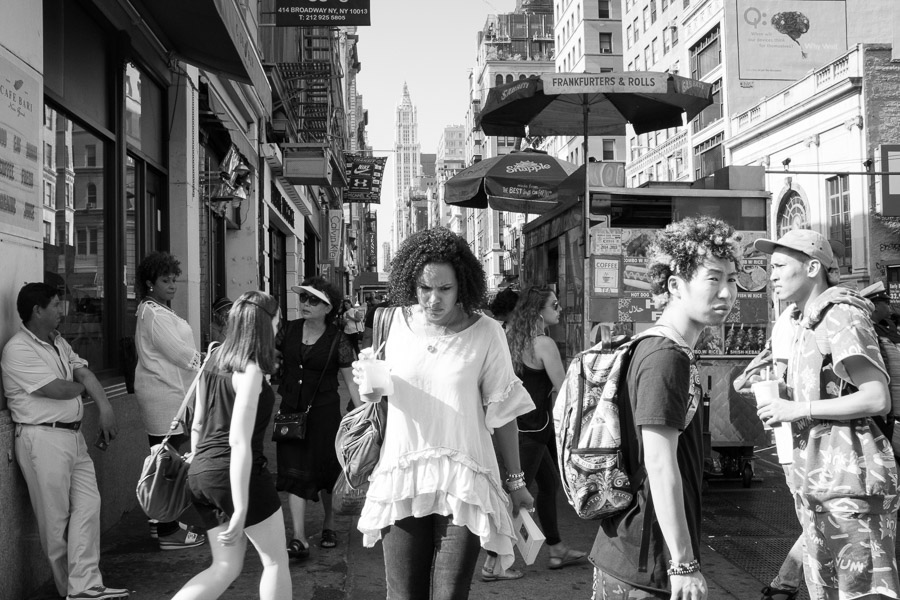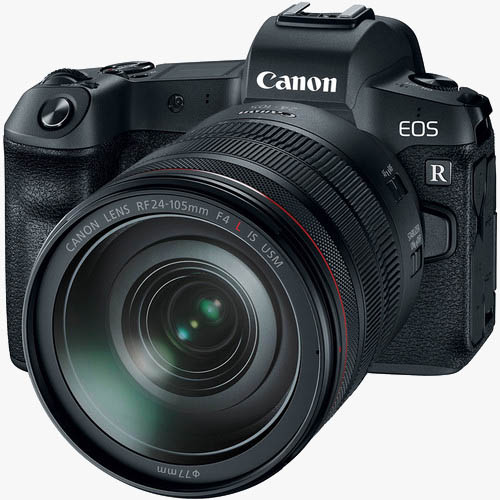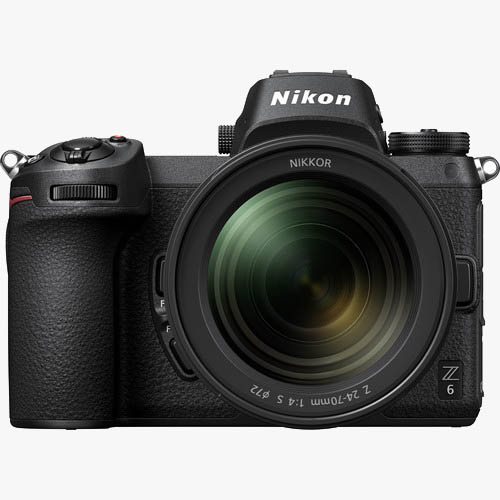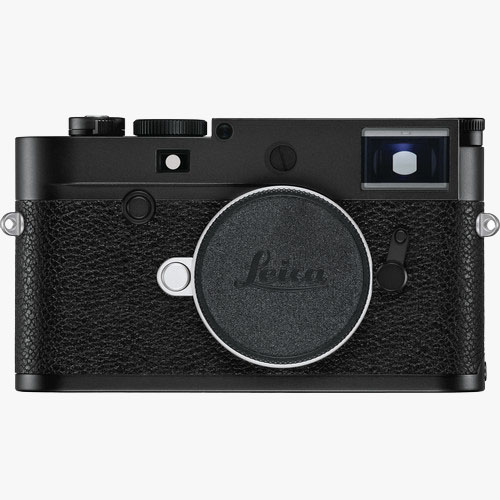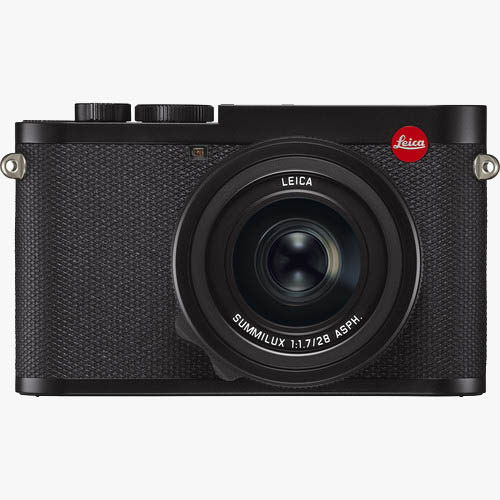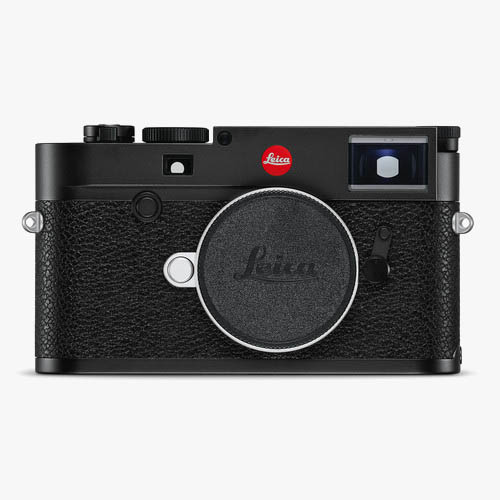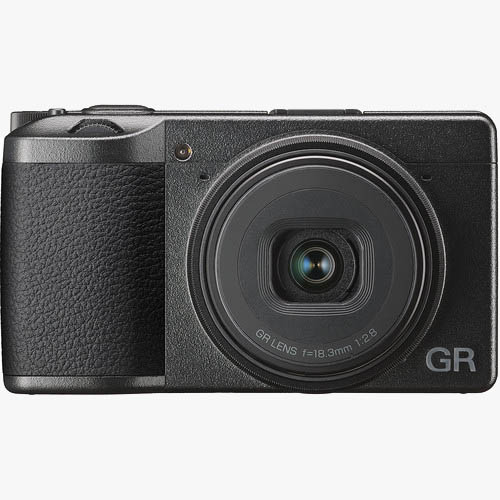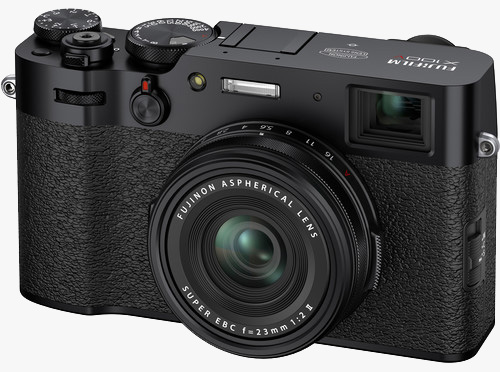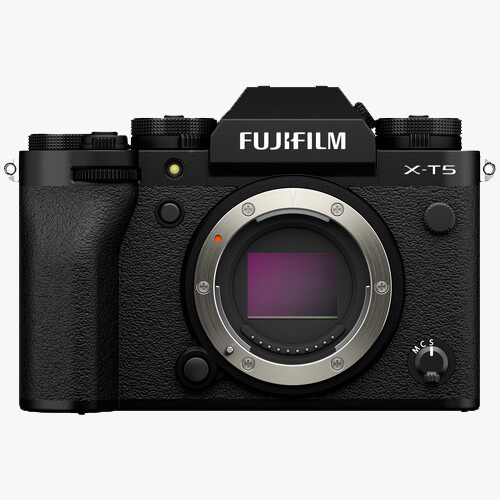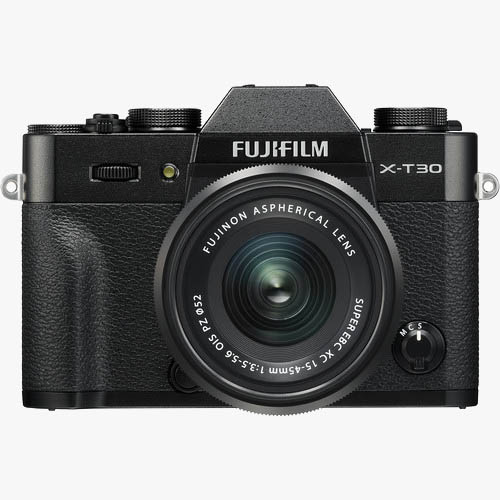The 2 Best Cameras for Street Photography:
(And What to Avoid).
Fujifilm X100 line.
(Updated April 2024)
Jump to Section:
Avoid:
- Sony, Canon, Nikon: Avoid unless you don’t want to buy new lenses.
- Olympus: The perfect camera if only it had an APS-C lens.
- Leica: The Rich Man’s Fuji (or if you want a full-frame street).
Consider:
Examples of Fuji X100 Street Photographs (various X100 models).
In less than 10 years, the options for ideal, compact street photography cameras went from extremely limited to now being so many strong options that it can feel overwhelming.
This article is based on some strong opinions. I’ve taught street photography workshops and photo tours in NYC for nearly 14 years, probably around 1,000 photographers at this point. I’ve seen nearly every modern camera under the sun being used by all types of people and heard their loves and gripes.
I had a previous page that listed every detail of every popular camera, but looking back, I don’t think that was the right way to go about this. Every camera has good enough specs for street photography these days.
I’m going to divide this article into avoid and consider and keep the avoid reasons more systemic and general while getting more detailed about my recommendations. You’ll find that the avoid list cameras are talked about very positively.
Avoid:
1. Sony, Canon, Nikon: Avoid unless you don’t want to buy new lenses.
Various camera models.
Sony is one of the most popular camera companies on the planet. I see so many of their mirrorless cameras, but I hear many familiar gripes. Sony cameras have unbelievable specs, they make gorgeous pictures, and they are very competent cameras that work great for a ton of people. They’re good cameras.
However, their cameras feel like they were made by an electronics company versus by photographers. Too many buttons, weird ergonomics, and large lenses. In theory, they’re great. In use, for personal or street photography type purposes, they just feel off to use.
For some reason, if you need full-frame over APS-C for street (in my experience, most people don’t), then Sony is important to consider.
Canon and Nikon are both beginning to make wide ranges of great mirrorless cameras. They have been around enough to work out many of the kinks as well. Very capable cameras. I still use the Canon 5D Mark IV mirrored cameras for my commercial and event work and plan to switch to Canon Mirrorless in the next few years.
If you need to continue to use your old Canon or Nikon lenses (with adapters remember) then by all means both cameras have wonderful mirrorless cameras.
But they are just not as good or ergonomic or refined yet as Fuji, Ricoh, or Leica. If you’re starting from scratch (and even if not), you’ll want to at least consider elsewhere. These other companies have had a much bigger start and have not been caught up to yet.
2. Olympus: A perfect camera if only it had an APS-C lens.
The Olympus OM-D line is sleek, fun to use, great quality, and great ergonomics. Everyone I know who has one loves it.
But for me, micro-4/3rds is just too small a sensor. With all the great options out there, I just can’t recommend a micro-4/3rds camera that is outdone by multiple APS-C cameras.
3. Leica: The rich man’s Fuji (or if you want a full-frame street).
(Leica Monochrome, M, and Q Cameras).
I used to call Fuji the poor man’s Leica, but I think the reverse is true now. Leica M is top-of-the-line, but Fuji is the top dog.
Many people buy a full-frame Sony camera for street photography because they believe it’s better than an APS-C. In most cases, these people would have been more than fine with APS-C and only a few need the full frame for their street work.
But it is important to say that if you want a full-frame street photography camera, there is nothing better than a Leica, whether the M line, the Monochrome line, or the Q line. Where they focus on delivering, these cameras deliver, and the quality of the images that come out is astounding.
Many people love the Q line, but I find the price high and the 28mm lens to be too wide (I prefer 50mm and 35mm).
For those who want top quality, a true rangefinder experience, and a full frame, yes Leica is king. But it has drawbacks, no autofocus, price, and the cameras are fairly heavy and bulky, although the lenses are wonderfully sized and stunningly beautiful.
Consider:
1. Ricoh GR IIIx: The perfect tiny camera.
I own the Fuji X100 and Ricoh GR cameras and find them to be perfect compliments, but either will be a fantastic primary street photography camera on their own.
I use the X100 for my daily everyday street photography, while I use the Ricoh more often when I’m not out primarily for shooting, when I just want a light camera in my pocket, or when photographing family or around the home.
I prefer the GR IIIx with the 40mm equivalent lens over the original GR III with the 28mm equivalent lens, since 40mm is one of my favorite focal lengths. The 28mm of the III is too wide.
Now the first thing that is noticed about the Ricoh GR IIIx is that it is small, very small in fact, and sleek. The camera can slip into a pocket, and it can be used extremely discreetly.
The image quality is exceptional, particularly for the size, and it works very well at high ISOs up to 3200 or even 6400 (although if you shoot like Daido, you aren’t worried about extreme gain/noise). The photos and colors that come out of the Ricoh GR have a gorgeous look to them that can feel almost film-like.
This camera was created to fill a niche, and Ricoh pulled this off perfectly, to the point where the camera has almost a cult-like status.
The camera does have some trade-offs. It has a fixed 40mm equivalent lens, so you must like that focal length (I LOVE it). While the autofocus is updated in the recent version and compares to the X100 during the day, it can struggle more than its counterparts in low light. The camera has a snap focus, which can prefocus the camera to certain distances for zone focusing. But I’ve rarely had problems with focusing.
And finally, if you’re used to a viewfinder, the camera does not come with one. You can purchase one for the hot shoe, however, but I much prefer it without one for the ways that I use it.
Pros: Perfect pocket size, image quality, colors, performance at high ISOs, design, near-silent shutter, 40mm lens.
Cons: Fixed lens (this will be a pro for some), poor battery life (purchase multiple), autofocus in low light, no built-in viewfinder.
Purchase: Ricoh GR IIIx
2. Fuji: A Photographer’s Camera.
(Various Fuji models).
The Fuji X100VI is a generational camera. But for the price-conscious, it’s also a good time to pay attention to deals on the previous Fuji X100V or Fuji X100F, which can be had much cheaper.
The X100 is a camera often in short supply, and used older versions can be the way to go as there is not a massive difference version to version. So used can be a great option if supply or budget is an issue. I buy used often, particularly from mpb.com.) Also keep in mind that even though you will be paying a premium, the camera will keep some resale value.
The Fuji X100 line is my choice for camera of the previous decade. I use the X100 every day and can’t yet imagine replacing it with any other camera.
The X100V is the perfect size, the vintage style and wonderful design and form factor add a special feeling to the camera that just makes it fun to use, and the look that comes out of the camera is spectacular.
The quality at high ISOs is fantastic, allowing me to feel very comfortable shooting up to 3200 regularly, and not worrying about shooting at 6400 at night.
The one potential drawback for some will be the fact that it’s a fixed lens camera with a built-in 35mm equivalent lens and only 50mm and 28mm equivalent adapter lenses. 35mm and 50mm are the only focal lengths I use for street, but if you need a wider range of lenses and zooms, consider the Fuji X-T lines.
It is clear that they had street photography in mind, focusing on ergonomics and quality and choosing the top three focal lengths used by street photographers.
If you like the Fuji X100 but need interchangeable lenses and/or a more affordable camera, try the Fuji X-T5 or the Fuji X-T30 II.
Pros: Small size, performance at high ISOs, colors (Fuji color profiles), image quality, design and usability, silent shutter, fast autofocus, price-point for quality.
Cons: Limited selection of lenses (2 + built-in 35mm equivalent), battery life (compared to an SLR) – purchase two or three Fuji branded batteries and you will be fine, video.
Lenses (Recommended): Built-in 23mm (35mm equivalent). Tele 50mm (equivalent), Wide 28mm (equivalent – a little too wide for me).
Purchase: Fuji X100VI
